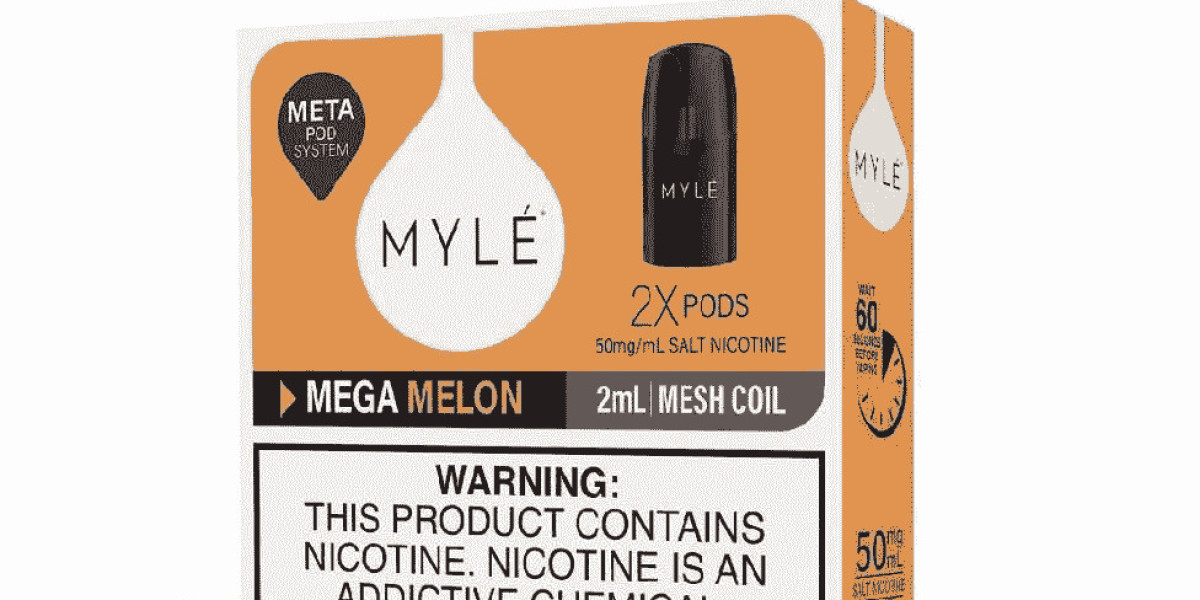A significant impairment in vision can result from cataracts, characterized by blurry sight, trouble seeing in dim lighting, and additional optical aberrations. Clear vision can be restored through a highly effective procedure known as cataract surgery. Depending on your unique needs and tastes, there are various surgical alternatives accessible. Help make an informed choice by comparing the common cataract surgery options here.
Traditional Cataract Surgery (Phacoemulsification):
- Procedure: In this widely performed procedure, a small incision is made in the cornea. An ultrasonic device is used to break up the cloudy lens (cataract) into small pieces, which are then removed from the eye. An artificial intraocular lens (IOL) is then implanted to replace the natural lens.
- Benefits:
- Proven track record of safety and effectiveness.
- Rapid recovery with minimal discomfort.
- Suitable for most cataract cases.
- Considerations:
- Requires a longer healing time for the incision to fully seal.
- Limited ability to correct astigmatism or presbyopia (difficulty focusing on near objects).
Laser-Assisted Cataract Surgery (Femtosecond Laser):
- Procedure: This advanced technique uses a laser to create precise incisions and soften the cataract for easier removal. The rest of the procedure is similar to traditional surgery.
- Benefits:
- Greater precision and potentially reduced risk of complications.
- Improved accuracy in IOL placement.
- Reduced need for ultrasound energy during cataract removal.
- Considerations:
- May not be covered by all insurance plans.
- Slightly higher cost compared to traditional surgery.
- Not always necessary for uncomplicated cataracts.
Multifocal or Toric Intraocular Lens (IOL) Implants:
- Procedure: During cataract surgery, you have the option to choose specialized IOLs that can correct other vision problems in addition to cataracts.
- Benefits:
- Reduced dependency on glasses or contact lenses after surgery.
- Correction of astigmatism or presbyopia.
- Considerations:
- Cost may be higher than traditional IOLs.
- Not everyone is a candidate for these specialized lenses.
- Some patients may experience visual disturbances, like halos or glare, especially at night.
Monovision Correction:
- Procedure: In monovision, one eye is corrected for distance vision, while the other is corrected for near vision. This can be achieved through cataract surgery or by using contact lenses.
- Benefits:
- Reduced dependence on reading glasses.
- Improved near and distance vision.
- Considerations:
- Adjustment period required to adapt to monovision.
- Not suitable for all individuals, as it can affect depth perception.
Consulting an expert ophthalmologist will help select the ideal cataract surgery choice by evaluating overall eye health, lifestyle, and unique visual requirements. To ensure optimized results, they will guide you through the evaluation process. The ideal cataract surgery approach considers factors beyond just safety, incorporating personal likes/dislikes into the decision.
Read Also:
Lasik Eye Surgery
Squint Treatment
Cornea Transplant
Naijamatta is a social networking site,
download Naijamatta from Google play store or visit www.naijamatta.com to register. You can post, comment, do voice and video call, join and open group, go live etc. Join Naijamatta family, the Green app.
Click To Download

